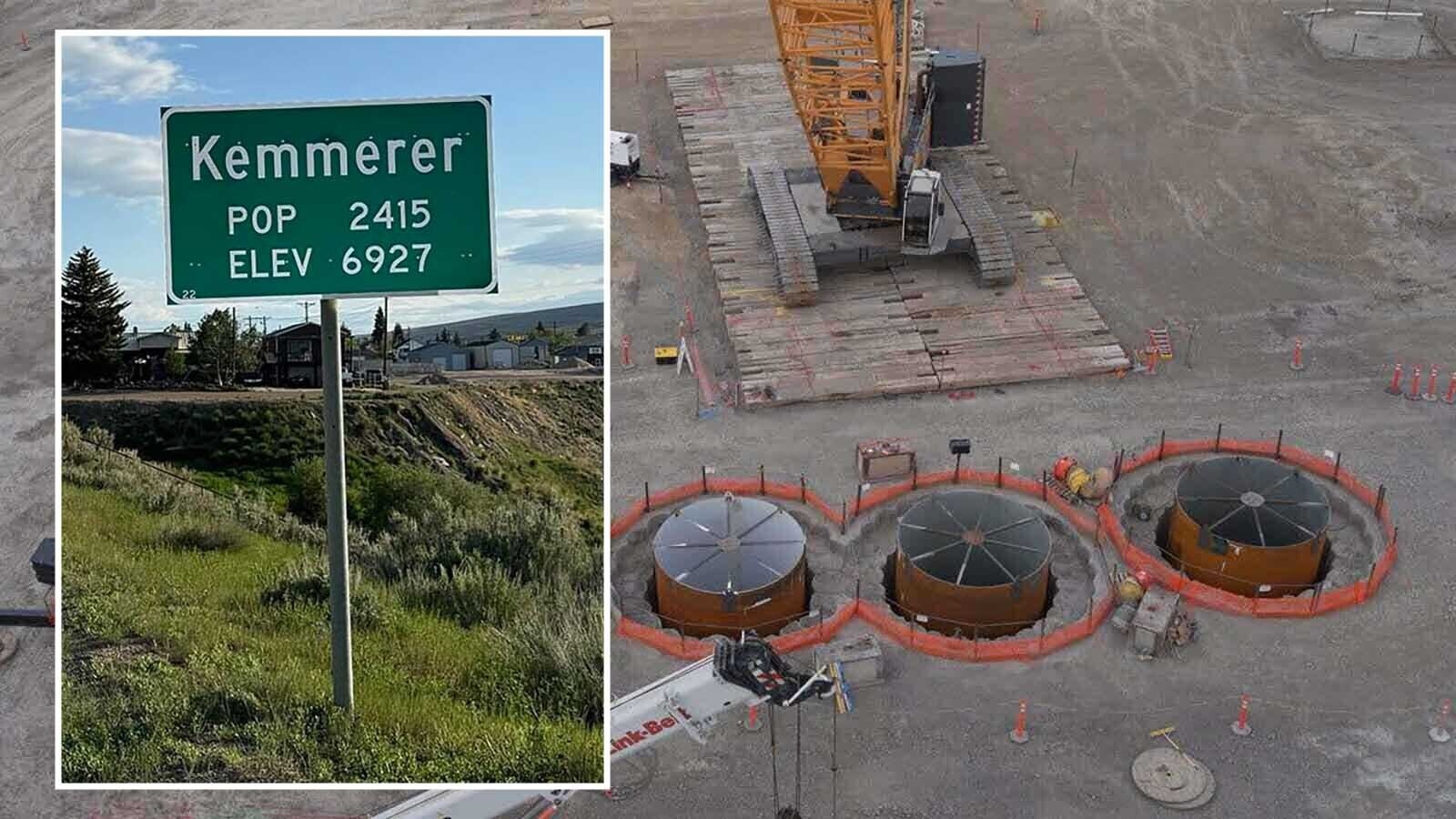U.S. Secretary of Agriculture Brooke Rollins recently announced that the U.S. Department of Agriculture will release money for federal renewable energy programs set up to support farmers, ranchers and small business owners.
Last year, the Rural Energy For America Program (REAP) provided $760,000 in grants supporting projects in Crowheart, Riverton, Buffalo, Torrington and Cokeville, Wyoming. This year, the USDA says the REAP program along with two others — Empowering Rural America (New ERA) and Powering Affordable Clean Energy (PACE) — remain available.
But applicants must “review and voluntarily revise their project plans to align with President Trump’s Unleashing American Energy Executive Order.”
“This process gives rural electric providers and small businesses the opportunity to refocus their projects on expanding American energy production while eliminating Biden-era DEIA and climate mandates embedded in previous proposals,” according to a March 25 press release.
A USDA spokesperson in Wyoming told Cowboy State Daily REAP projects approved for the state in 2024 were funded by the Inflation Reduction Act.
The most recent statement from the USDA indicated an intentional move away from such Biden-era policies.
“This updated guidance reflects a broader shift away from the Green New Deal and the so-called Inflation Reduction Act and toward practical energy investments that prioritize the needs of rural communities,” according to the statement.
It also informs those applying that they, “Will be asked to answer several questions and provide a short narrative description of any proposed changes.”
Those REAPing In Wyoming
The Wyoming businesses that benefited from the last round of REAP funding, according to the USDA, ranged from a campground in Buffalo to a commercial building in Riverton to a few solar applications on cattle ranches.
The 3 Lazy L near Crowheart planned to install a roof-mounted solar unit equipped with battery backup. The farm, which specializes in growing 100 varieties of peonies alongside an orchard and a cow/calf operation, expects to save $362 annually while replacing 45% of its current energy usage.
In Riverton, Doyle’s Property sought to enhance a multi-use commercial building that houses local retail businesses and the Chamber of Commerce. Upgrades will include improved insulation, windows, lighting, and thermostats, projected to yield annual savings of $2,419 and enough energy to power eight homes.
And at the Indian Campground & RV Park in Buffalo, the property’s owners are anticipating annual savings of $11,230 and an impressive 89% replacement of its energy needs — enough to power 11 homes.
Too Early To Tell
In Torrington, at Roger Huckfeldt’s Bison Basin Ranch, there’s a new ground-mounted solar system. This project is anticipated to save the ranch $3,983 annually and will generate 125% of its energy needs, sufficient to power three homes.
Huckfeldt told Cowboy State Daily on Tuesday that it’s too early to tell if his solar system was worth the time and expense.
“We've only had a few months' worth of it being totally operational,” said Huckfeldt. “It has reduced my utility bill considerably. But it was fairly expensive to put this in. And I would not have been able to afford to do it without the grant.”
The REAP grant was a 50-50 split, with Huckfeldt putting up half the roughly $100,000 cost of the project.
“The reason I put it in is to inflation proof my energy bills,” said Huckfeldt. “I've been on this ranch since the ‘80s and my first energy bills were $100-$150. Well, before putting the solar in, my utility bill was bumping $800 plus.”
Huckfeldt suggested the opportunity to access low-interest loans for solar would be a good way to support farmers, ranchers and small businesses looking to “inflation proof” their energy bills.
The former Wyoming legislator also said he sympathizes with ranchers paying to power irrigation pivots.
“These guys do it with their center pivot sprinklers that are costing $2,000 to $3000 a month just to run a center pivot sprinkler,” said Huckfeldt.
In fact, the last round of REAP funding addressed this issue at the Teichert Brothers cow-calf ranch near Cokeville. Their investment in solar is expected to generate annual savings of $29,196 and replace 46% of its energy use, providing enough power for 35 homes.
Solar And Small Businesses
Other Wyoming businesses that have tapped into USDA support for solar include Heartland Kubota, a family-run tractor sales and service business in Sheridan. Its solar investment, according to the USDA, should realize $689 annually in savings and will save 35,000 kilowatt hours (kWh) of electricity per year, which is enough electricity to power three homes.
Industrial Services, a civil engineering business out of Rocks Springs, expects its renewable energy system to save the company $4,465 per year and is expected to replace 40,587 kilowatt hours (kWh) or 69 percent of the company’s current energy usage, according to the USDA.
And in Glenrock, the USDA noted that Cowboy State Brewing’s plan to install two 25 kW (kilowatt) renewable energy solar systems on its rooftop and carport structure will allow it to deploy clean power to manufacture, can and store a variety of malt beverage products. Total estimated savings: $5,760 per year.
David Madison can be reached at david@cowboystatedaily.com.





